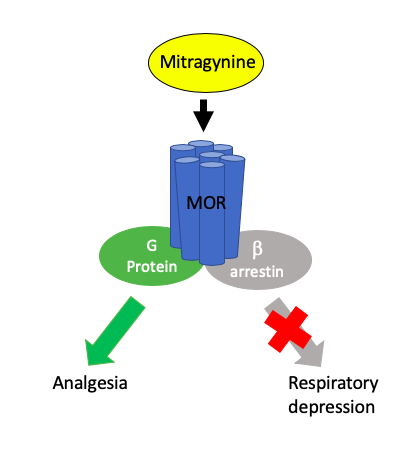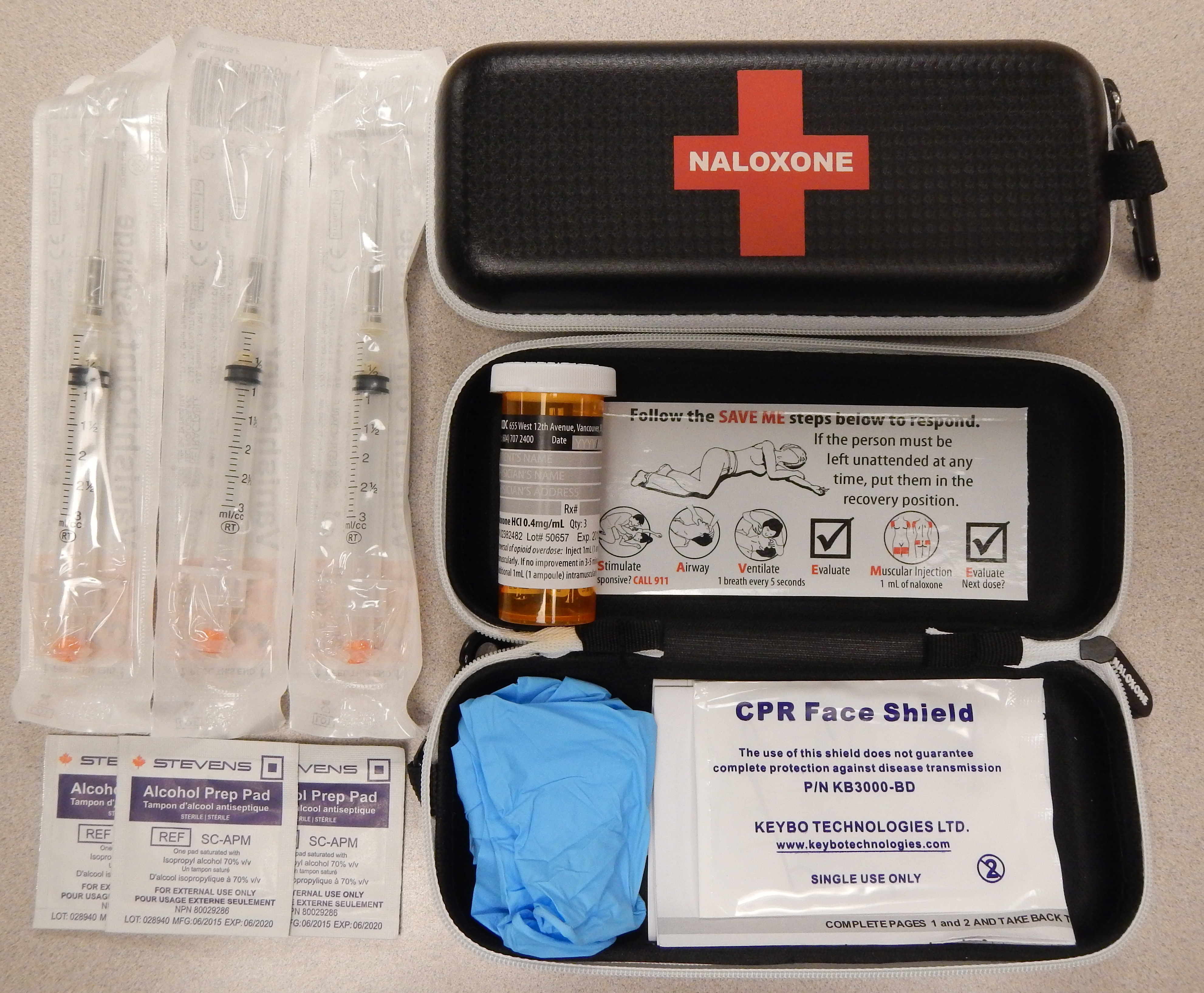|
Mitragynine
Mitragynine is an indole-based alkaloid and is one of the main Psychoactive drug, psychoactive constituents in the Southeast Asian plant ''Mitragyna speciosa'', commonly known as kratom. It is an atypical opioid that is typically consumed as a part of kratom for its Analgesic, pain-relieving and Euphoria, euphoric effects. It has also been researched for its use to potentially manage symptoms of opioid withdrawal. Mitragynine is the most abundant active alkaloid in kratom. In Thai varieties of kratom, mitragynine is the most abundant component (up to 66% of total alkaloids), while 7-Hydroxymitragynine, 7-hydroxymitragynine (7-OH) is a minor constituent (up to 2% of total alkaloid content). In Malaysian kratom varieties, mitragynine is present at lower concentration (12% of total alkaloids). Total alkaloid concentration in dried leaves ranges from 0.5 to 1.5%. Such preparations are Oral administration, orally consumed and typically involve dried kratom leaves which are brewed into ... [...More Info...] [...Related Items...] OR: [Wikipedia] [Google] [Baidu] |
Mitragyna Speciosa
''Mitragyna speciosa'' is a tropical evergreen tree of the Rubiaceae family (coffee family) native to Southeast Asia. It is indigenous to Cambodia, Thailand, Indonesia, Malaysia, Myanmar, and Papua New Guinea, where its dark green, glossy leaves, known as kratom, have been used in herbal medicine since at least the 19th century. They have also historically been consumed via chewing, smoking, and as a tea. Kratom has opioid-like properties and some stimulant-like effects. The efficacy and safety of kratom are unclear. In 2019, the United States Food and Drug Administration (FDA) stated that there is no evidence that kratom is safe or effective for treating any condition. Some people take it for managing chronic pain, for treating opioid withdrawal symptoms, or for recreational purposes. The onset of effects typically begins within five to ten minutes and lasts for two to five hours. Kratom contains over 50 alkaloids—primarily mitragynine and 7-hydroxymitragynine—which act ... [...More Info...] [...Related Items...] OR: [Wikipedia] [Google] [Baidu] |
Opioid
Opioids are a class of Drug, drugs that derive from, or mimic, natural substances found in the Papaver somniferum, opium poppy plant. Opioids work on opioid receptors in the brain and other organs to produce a variety of morphine-like effects, including analgesic, pain relief. The terms "opioid" and "opiate" are sometimes used interchangeably, but the term "opioid" is used to designate all substances, both natural and synthetic, that bind to opioid receptors in the brain. Opiates are alkaloid compounds naturally found in the opium poppy plant ''Papaver somniferum''. Medically they are primarily used for pain relief, including anesthesia. Other medical uses include suppression of diarrhea, replacement therapy for opioid use disorder, and Cold medicine, suppressing cough. The opioid receptor antagonist naloxone is used to reverse opioid overdose. Extremely potent opioids such as carfentanil are approved only for Veterinary medicine, veterinary use. Opioids are also frequently use ... [...More Info...] [...Related Items...] OR: [Wikipedia] [Google] [Baidu] |
Opioid Addiction
Opioids are a class of drugs that derive from, or mimic, natural substances found in the opium poppy plant. Opioids work on opioid receptors in the brain and other organs to produce a variety of morphine-like effects, including pain relief. The terms "opioid" and "opiate" are sometimes used interchangeably, but the term "opioid" is used to designate all substances, both natural and synthetic, that bind to opioid receptors in the brain. Opiates are alkaloid compounds naturally found in the opium poppy plant ''Papaver somniferum''. Medically they are primarily used for pain relief, including anesthesia. Other medical uses include suppression of diarrhea, replacement therapy for opioid use disorder, and suppressing cough. The opioid receptor antagonist naloxone is used to reverse opioid overdose. Extremely potent opioids such as carfentanil are approved only for veterinary use. Opioids are also frequently used recreationally for their euphoric effects or to prevent withdrawal. ... [...More Info...] [...Related Items...] OR: [Wikipedia] [Google] [Baidu] |
Oxycodone
Oxycodone, sold under the brand name Roxicodone and OxyContin (which is the extended-release form) among others, is a semi-synthetic opioid used medically for the treatment of moderate to severe pain. It is highly addictive and is a commonly drug abuse, abused drug. It is usually taken oral administration, by mouth, and is available in immediate release, immediate-release and controlled release, controlled-release formulations. Onset of pain relief typically begins within fifteen minutes and lasts for up to six hours with the immediate-release formulation. In the United Kingdom, it is available by Injection (medicine), injection. Combination drug, Combination products are also available with oxycodone/paracetamol, paracetamol (acetaminophen), oxycodone/ibuprofen, ibuprofen, oxycodone/naloxone, naloxone, naltrexone, and oxycodone/aspirin, aspirin. Common side effects include euphoria, constipation, nausea, vomiting, Anorexia (symptom), loss of appetite, Somnolence, drowsiness, ... [...More Info...] [...Related Items...] OR: [Wikipedia] [Google] [Baidu] |
Naloxone
Naloxone, sold under the brand name Narcan among others, is an opioid antagonist, a medication used to reverse or reduce the effects of opioids. For example, it is used to restore breathing after an opioid overdose. Effects begin within two minutes when given intravenously, five minutes when injected into a muscle, and ten minutes as a nasal spray. Naloxone blocks the effects of opioids for 30 to 90 minutes. Administration to opioid-dependent individuals may cause symptoms of opioid withdrawal, including restlessness, agitation, nausea, vomiting, a fast heart rate, and sweating. To prevent this, small doses every few minutes can be given until the desired effect is reached. In those with previous heart disease or taking medications that negatively affect the heart, further heart problems have occurred. It appears to be safe in pregnancy, after having been given to a limited number of women. Naloxone is a non-selective and competitive opioid receptor antagonist. It revers ... [...More Info...] [...Related Items...] OR: [Wikipedia] [Google] [Baidu] |
Antinociceptive
In physiology, nociception , also nocioception; ) is the sensory nervous system's process of encoding noxious stimuli. It deals with a series of events and processes required for an organism to receive a painful stimulus, convert it to a molecular signal, and recognize and characterize the signal to trigger an appropriate defensive response. In nociception, intense chemical (e.g., capsaicin present in chili pepper or cayenne pepper), mechanical (e.g., cutting, crushing), or thermal (heat and cold) stimulation of sensory neurons called nociceptors produces a signal that travels along a chain of nerve fibers to the brain. Nociception triggers a variety of physiological and behavioral responses to protect the organism against an aggression, and usually results in a subjective experience, or perception, of pain in sentient beings. Detection of noxious stimuli Potentially damaging mechanical, thermal, and chemical stimuli are detected by nerve endings called nociceptors, which are f ... [...More Info...] [...Related Items...] OR: [Wikipedia] [Google] [Baidu] |
Hot Plate Test
The hot plate test is a test of the pain response in animals, similar to the tail flick test. Both hot plate and tail-flick methods are used generally for centrally acting analgesic, while peripherally acting drugs are ineffective in these tests but sensitive to acetic acid-induced writhing test. The hot plate test is used in basic pain research and in testing the effectiveness of analgesics by observing the reaction to pain caused by heat. It was proposed by Eddy and Leimbach in 1953. They used a behavioral model of nociception where behaviors such as jumping and hind paw-licking are elicited following a noxious thermal stimulus. Licking is a rapid response to painful thermal stimuli that is a direct indicator of nociceptive threshold. Jumping represents a more elaborated response, with a latency, and encompasses an emotional component of escaping. Procedure * A transparent glass cylinder is used to keep the animal on the heated surface of the plate. * The temperature of the h ... [...More Info...] [...Related Items...] OR: [Wikipedia] [Google] [Baidu] |
Tail Flick Test
The tail flick test is a test of the pain response in animals, similar to the hot plate test. It is used in basic pain research and to measure the effectiveness of analgesics, by observing the reaction to heat. It was first described by D'Amour and Smith in 1941. Procedure Most commonly, an intense light beam is focused on the animal's tail and a timer starts. When the animal flicks its tail, the timer stops and the recorded time (latency) is a measure of the pain threshold. Alternate methods can be used to apply heat, such as immersion in hot water. Alternately, a dolorimeter with a resistance wire with a constant heat flow may be used. For the tail flick test, the wire is attached to the tail of the organism, and the wire applies heat to the tail. The researcher then records the latency to tail flick. Applications Researchers testing the effectiveness of drugs on the pain threshold often use the tail flick test to measure the extent to which the drug being tested has re ... [...More Info...] [...Related Items...] OR: [Wikipedia] [Google] [Baidu] |
Diário Oficial Da União
The ''Diário Oficial da União'' (literally ''Official Diary of the Union''), abbreviated DOU, is the government gazette, official gazette of the Federal Government of Brazil, Federal Government of Brazil. It is published since 1 October 1862 and was created via the Imperial Decree 1,177 of its 9 September as the ''Official Journal of the Empire of Brazil''. Its current name was adopted after Brazil became a federal republic, and the "Union" came into being as the legal personality of the new federal government. The official journal is published by the Imprensa Nacional, Brazilian National Press. Though the journal has been published since 1862, it had many predecessors, as follows: # Gazeta do Rio de Janeiro (10/9/1808 – 29.12.1821) # Gazeta do Rio (1/1/1822 – 31/12/1822) # Diário do Governo (2/1/1823 – 28/6/1833) # Diário Fluminense (21/5/1824 – 24/4/1831) # Correio Oficial (1/7/1833 – 30/6/1836) e (2/1/1830 – 30/12/1840) # Without proper journal (31/12/1840 – ... [...More Info...] [...Related Items...] OR: [Wikipedia] [Google] [Baidu] |
Self-medication
Self-medication, sometime called do-it-yourself (DIY) medicine, is a human behavior in which an individual uses a substance or any exogenous influence to self-administer treatment for physical or psychological conditions, for example headaches or fatigue. The substances most widely used in self-medication are over-the-counter drugs and dietary supplements, which are used to treat common health issues at home. These do not require a doctor's prescription to obtain and, in some countries, are available in supermarkets and convenience stores. The field of psychology surrounding the use of psychoactive drugs is often specifically in relation to the use of recreational drugs, alcohol, comfort food, and other forms of behavior to alleviate symptoms of mental distress, stress and anxiety, including mental illnesses or psychological trauma. Such treatment may cause serious detriment to physical and mental health if motivated by addictive mechanisms. In postsecondary (university ... [...More Info...] [...Related Items...] OR: [Wikipedia] [Google] [Baidu] |
Pain
Pain is a distressing feeling often caused by intense or damaging Stimulus (physiology), stimuli. The International Association for the Study of Pain defines pain as "an unpleasant sense, sensory and emotional experience associated with, or resembling that associated with, actual or potential tissue damage." Pain motivates organisms to withdraw from damaging situations, to protect a damaged body part while it heals, and to avoid similar experiences in the future. Congenital insensitivity to pain may result in reduced life expectancy. Most pain resolves once the noxious stimulus is removed and the body has healed, but it may persist despite removal of the stimulus and apparent healing of the body. Sometimes pain arises in the absence of any detectable stimulus, damage or disease. Pain is the most common reason for physician consultation in most developed countries. It is a major symptom in many medical conditions, and can interfere with a person's quality of life and general fun ... [...More Info...] [...Related Items...] OR: [Wikipedia] [Google] [Baidu] |






